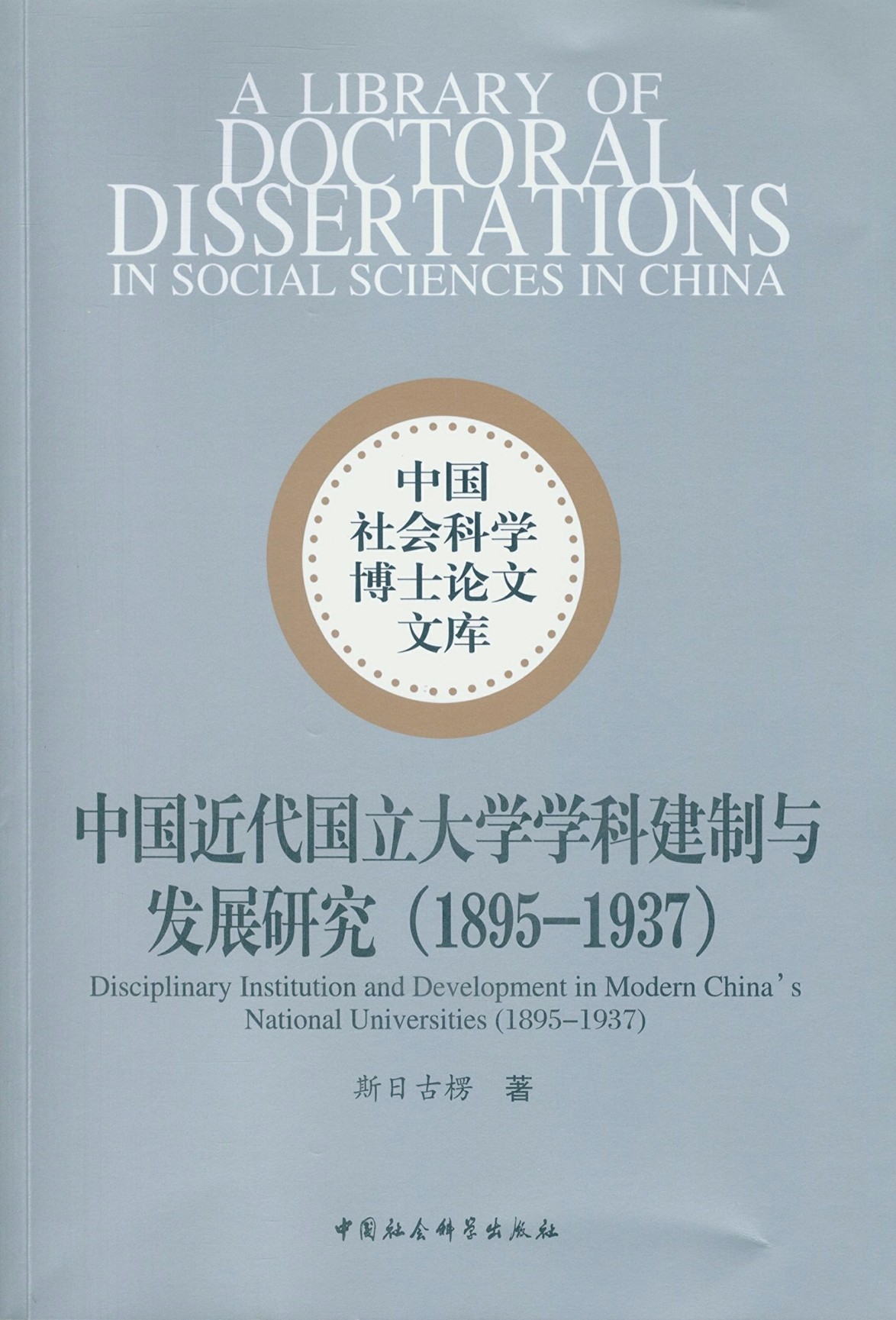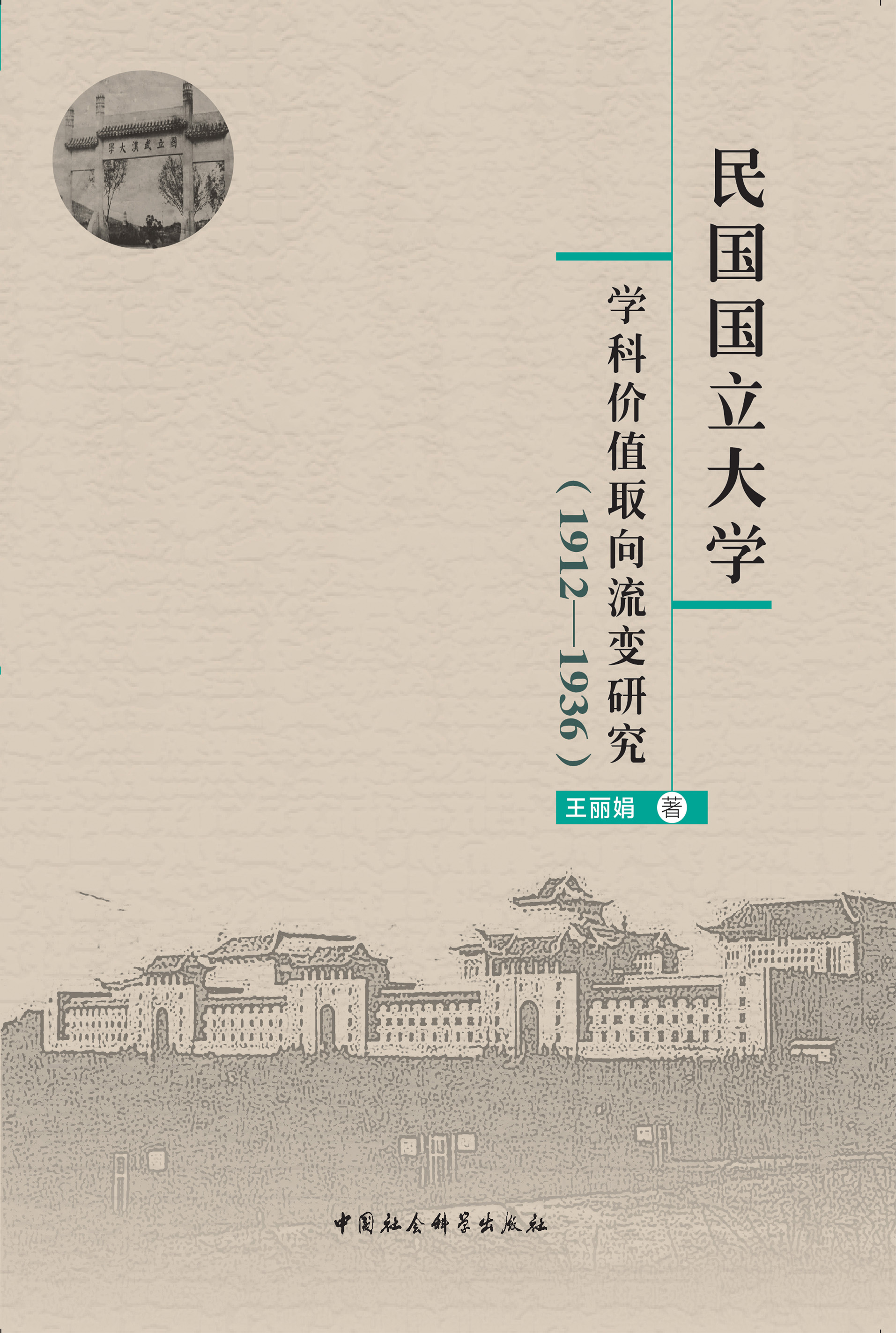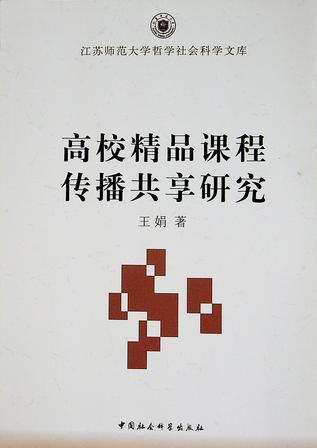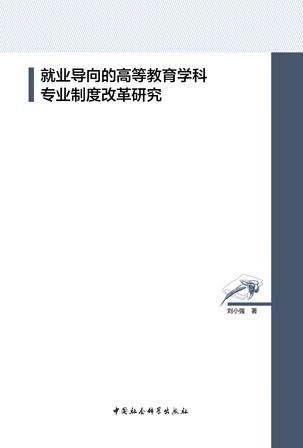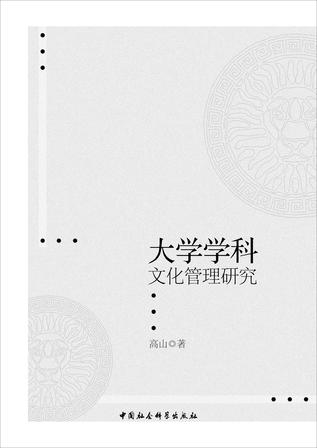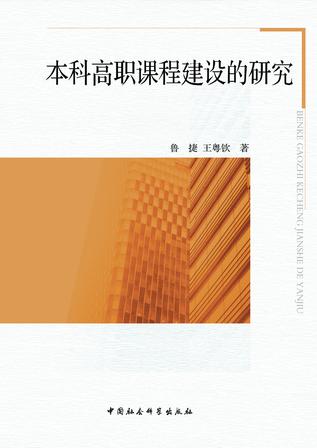内容简介
作者简介
目录
Disciplines are relatively independent branches of knowledge.Disciplinary Institution determinates structure of a university.It is around disciplinary divisions that a university develops its structure of academic organizations.Disciplinary Institutions are important for disciplines development.It is around Disciplines that studies in different academic fields are carried out.Progressing from disorder to order,Modern China's National Universities’established a“school-department”structure of disciplines and speciparaies.With disciplinary divisions as structural basis,these universities played their roles in Knowledge dissemination,innovation and utilization,and performed functions of education,research and social service.A study of China's national universities’modernization from the perspective of disciplinary institution and development will not only be helpful to enrich education modernization theories,but also with significant practical meanings to disciplinary development in nowadays universities.This dissertation consists of nine chapters:the first chapter,introduction,includes statement of the problem and significance of the study,definitions of key terms,a literature review and the research design,especially research methodology.The second chapter introduces the ideological basis of modern China's national universities’disciplinary institution.It begins with context and motivation for transformation of China's traditional“four disciplines”,which are Confucian classics,historical records,philosophical writings and miscellaneous works,in modern times,and continues to present a review of disciplinary division ideas in academic fields and forms of disciplinary institution in universities in late Qing dynasty.This chapter provides the knowledge basis and institutional background for the discussion of disciplinary institution in modern China's national universities.Chapter three to six,describe disciplinary institution and development in modern China's national universities.First,an introduction of forms of disciplinary institution in universities in late Qing dynasty,as well as in national universities in early stage of the Republic of China,and reorganization and development of disciplines in the middle of the Republic of China.Chapter seven and eight are study cases.Chapter seven illustrates how education as a discipline developed and evolved in modern China's national universities,highlighting factors exerting influences on the process.Chapter eight selects two universities,one national and one private,and compares differences and similarities in disciplinary institution and development in the two universities,emphasizing the role of school operators.The concluding chapter is a theoretic analysis of disciplinary institution in modern China's national universities.It summarizes the characteristics and patterns of disciplinary development and evolution,and discusses policy implications of this study.A series of recommendations are made in regard to disciplinary development in nowadays universities.This study adopts the theory of internal-external relations of higher education development,combines historical facts and resources with academic arguments.Literature review,comparative and statistical methods are used.The study suggests that,in the formation of disciplines,China did not inherit too much from its tradition;on the transformation of disciplinary institution,western university models exerted deep influences on modern China's national universities’transition from“discipline-program”structure to“school department”structure.The process of disciplinary institution is an active and positive adaptation to social demands.Findings of this study have significant implications for education decision making concerning disciplinary development by nowadays universities.Key Words:National Universities in Modern China;discipline,disciplinaryinstitution;disciplinary development
全部显示∨
斯日古楞,1976年10月生,蒙古族,内蒙古呼伦贝尔人。现为内蒙古师范大学教育科学学院副教授,硕士研究生导师。1994-2001年在内蒙古师范大学教育系教育管理专业和课程与教学论专业学习,获得教育学学士学位和硕士学位;2009-2012年在厦门大学教育研究院教育史专业学习,获得教育学博士学位。2001年7月毕业留校任教至今,主要从事中国近代教育史、课程与教学论、教育测量与评价等课程的教学与研究工作,主要研究方向为中国近现代高等教育。在《高教探索》、《清华大学教育研究》、《民族教育研究》等期刊发表学术论文近三十篇。
全部显示∨
第一章 绪论一 选题缘起及意义
二 相关概念界定
三 文献综述
四 研究思路与方法
第二章 中国近代国立大学学科建制的思想基础第一节 中国传统学科近代转型的动因
第二节 清末大学的学术分科思想
第三章 清末大学堂的学科建制雏形第一节 “新政”之前大学堂学科草创
第二节 复办后大学堂的学科设置
第三节 京师大学堂的“科—门”建制
第四章 民国初期国立大学的学科建制第一节 经学科的废除与“七科之学”的确立
第二节 民初十年大学学科建制之比较
第三节 国立北京大学的学系与研究所建制
第四节 国立东南大学的“科—系”建制
第五章 民国中期国立大学建制与学科的调整第一节 单科性国立大学的尝试
第二节 国立大学多学科的复归
第三节 国立大学多学科“院—系”建制的确立
第六章 国立大学学科的发展第一节 大规模院系整顿之动因
第二节 国立大学院系整顿与人才需求的平衡
第三节 国立大学课程标准编订与人才质量的提升
第四节 国立大学科学研究与社会服务职能的加强
第七章 案例分析:中国近代国立大学教育学科建制的演化第一节 国立大学教育学科设置的背景
第二节 国立大学教育学科建制沿革
第三节 国立大学教育学科建制演变的影响因素分析
第八章 国立东南大学(中央大学)与私立厦门大学学科发展之比较第一节 国立东南大学(中央大学)的学科建制与发展
第二节 私立厦门大学的学科建制与发展
第三节 两校学科建制与发展的异同
第九章 中国近代国立大学学科发展演变的理论探讨第一节 中国近代国立大学学科建制演变的特点
第二节 中国近代国立大学学科发展的规律
第三节 中国近代国立大学学科建制与发展的启示
主要参考文献
索引
后记
